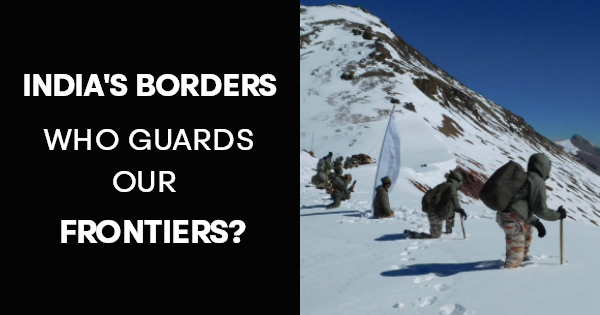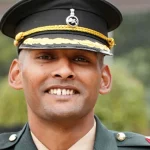India shares 15,106.7 kilometres of Internationally recognised land borders with its immediate neighbours, Pakistan, China, Bangladesh, Myanmar, Nepal and Bhutan. These physical boundaries are located in a myriad of different terrains and altitudes, owing to India’s unique geographical conditions. The borders India shares with its neighbours, are largely porous and are a subject to routine infiltration and smuggling attempts requiring round the clock physical patrolling and vigilance.
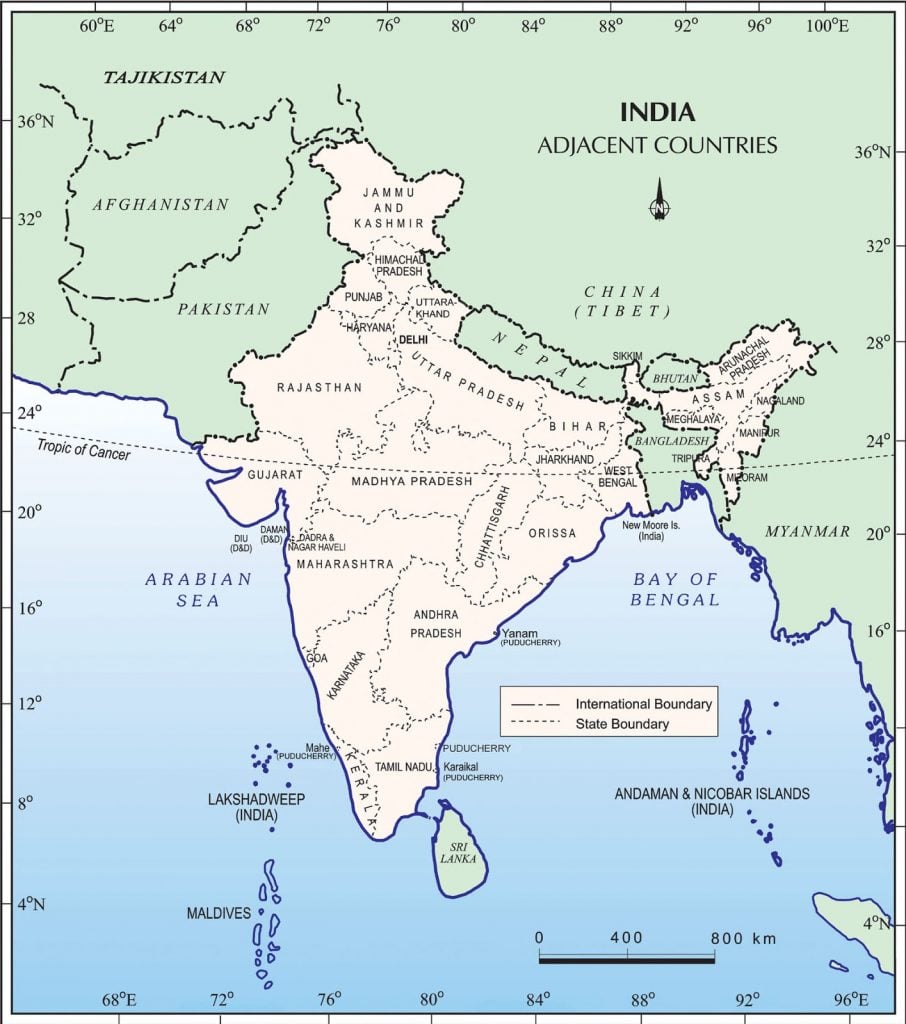
The army does not man the borders
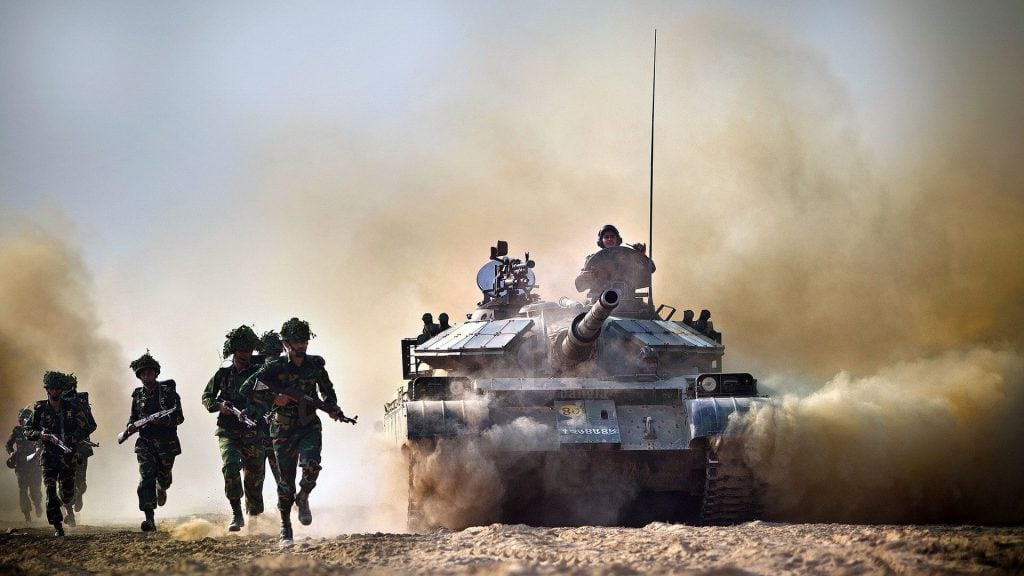
Contrary to public perception, it is not the Indian Army which physically patrols the borders, but rather it is the unsung and often unheard of, Central Armed Police Forces (CAPF’s). The CAPF’s are a uniform nomenclature of 5 border guarding forces which has been written about in detail in a previous article. These frontier guarding forces are assigned designated borders to carry out border policing functions in peacetime. Having a dedicated border force in play does not mean that the Indian Army is entirely ruled out. The Army too maintains a presence in border areas and even conduct physical patrolling with CAPF’s like the Border Security Force (BSF) in certain borders.
The Indian Army takes over during external aggression
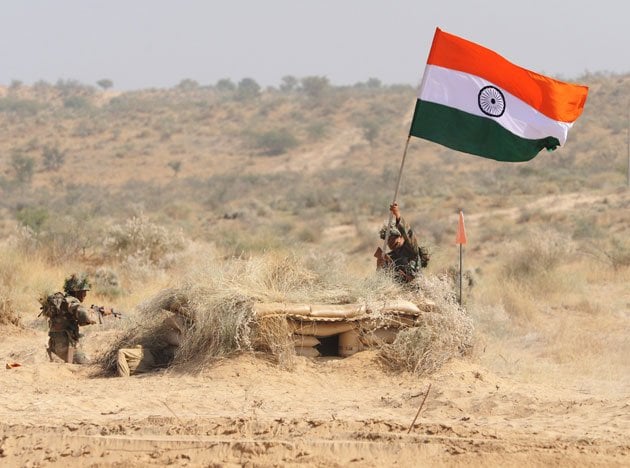
The military maintains a footprint over the border areas, deployed near the International boundaries. However, the army’s role is primarily a wartime one, with its mandate to take over CAPF positions in times of war or large-scale conflict. In times of relative peace, the Indian Army either prepares for its primary war fighting functions or is deployed in counter-insurgency operations (COIN-OPS) in the valley and in the northeast. Maintaining only a supervisory role at the borders in peacetime.
With rampant boredom and disease, it’s easy to slack
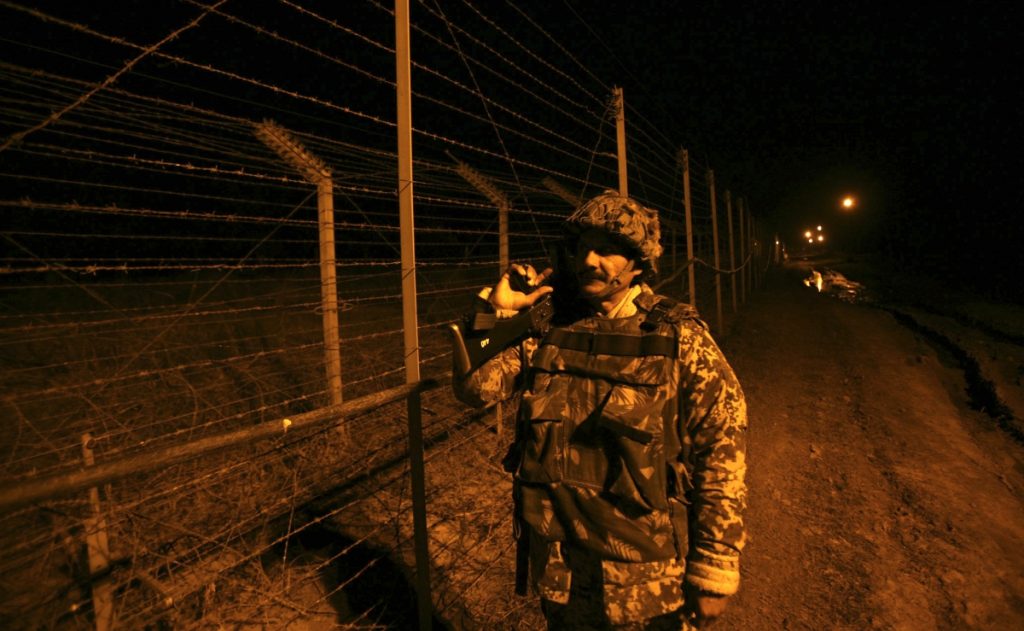
The border guardsmen deployed here to provide physical security of these land boundaries in peace, do so in some of the most arduous of terrains and climatic conditions. Life is unbearably lonely at these remote outposts, with personnel maintaining constant vigil despite seeing no activity for days and sometimes even months. Boredom, depression and insect born diseases are the primary challenges. Despite the relative inactivity for prolonged periods, slacking, however, is not a choice for these border men, as a moment caught off guard is all it takes for catastrophe to strike.
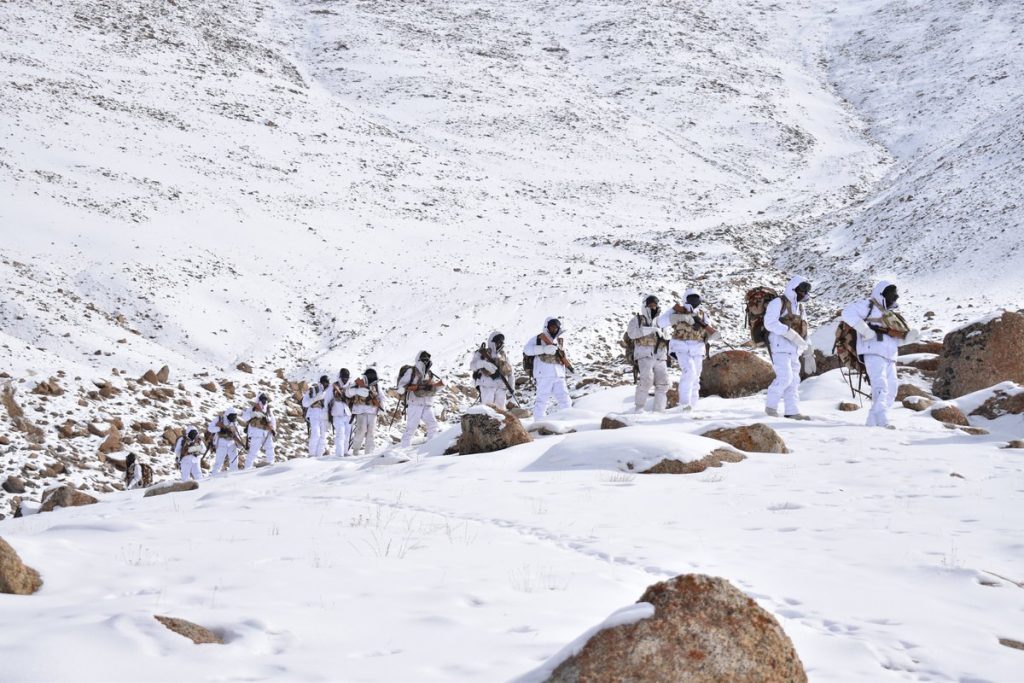
A quick glance at India’s land boundaries
- Indo-Pak Border: (3,323 km)
- Sino-Indo Border: (3,488 km)
- Indo-Bangladesh Border: (4,096.7 km)
- Indo-Nepal Border: (1,751 km)
- Indo-Bhutan Border: (699 km)
- Indo-Myanmar Border: (1,643 km)
Indo-Pak Border
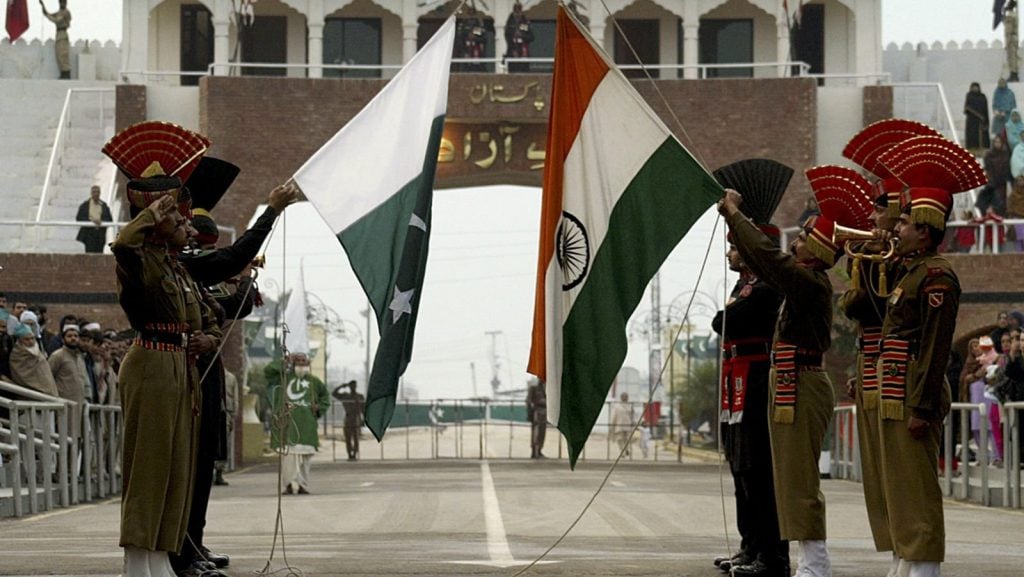
The Indo-Pak Border is a 3,323 km long internationally recognised boundary between India and Pakistan. The border is also known as the International Border (IB). The boundary drawn during the Partition of 1947, has since become one of the worlds most militarised and volatile borders. The fence between India and Pakistan has been the battleground of three wars and the final resting place of 115,000 soldiers from both sides of the barbed wire. The Indo-Pak border has also been the setting for a nuclear arms race between the two warring nations, with both sides stockpiling on Weapons of Mass Destruction (WMD).
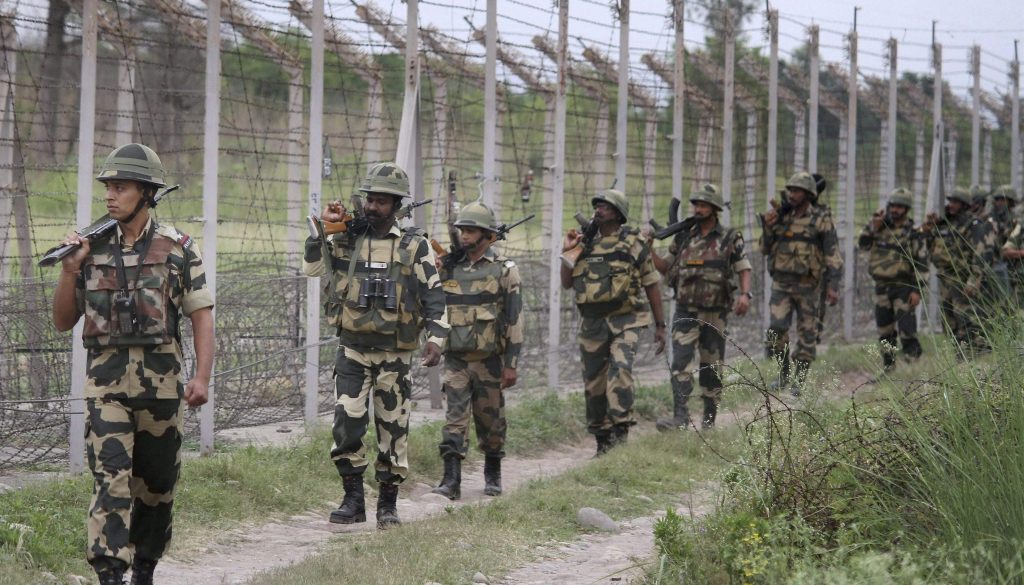
Who guards this volatile border?
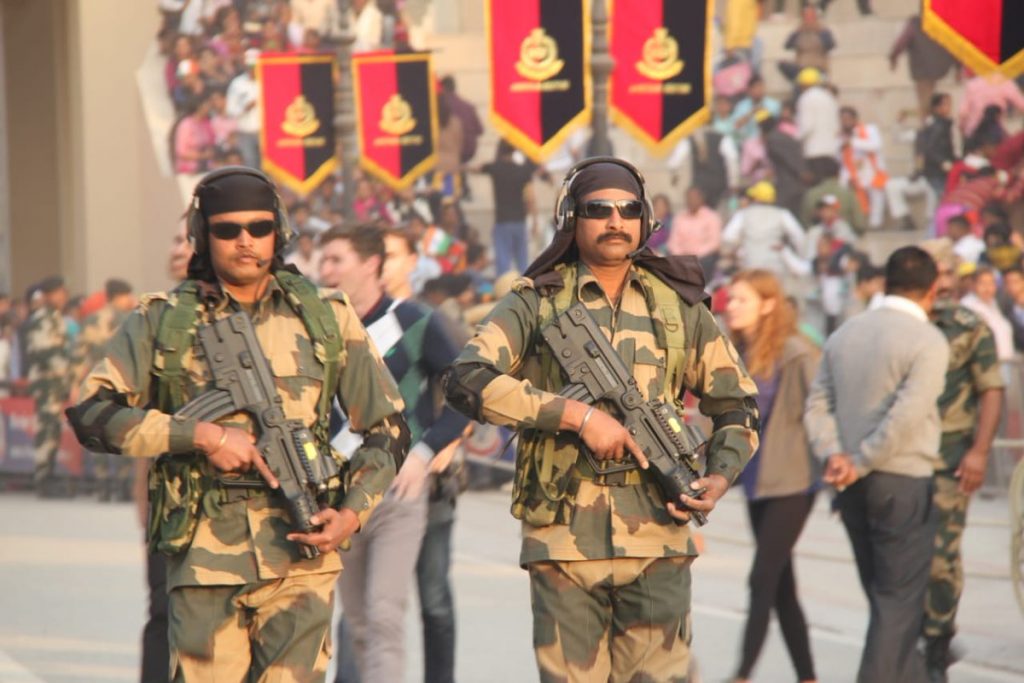
The Border Security Force (BSF) is the premier border gaurding agency which has been entrusted the duty of gauding this massive land boundary with India’s neighbours to the West. The organisation was formed to bridge the gap between the police and Indian army both of which were not suited for border policing roles. The BSF prides itself as being the worlds largest border police organisation and its personnel tasked with a variety of border duties. The border guards monitor everything from trans-border crimes such as smuggling of drugs, arms, gold, vehicles and Fake Indian Currency Notes (FICN), counter-infiltration attempts, and ensure the safety of citizens living in border areas.
Indo-Bangladesh Border
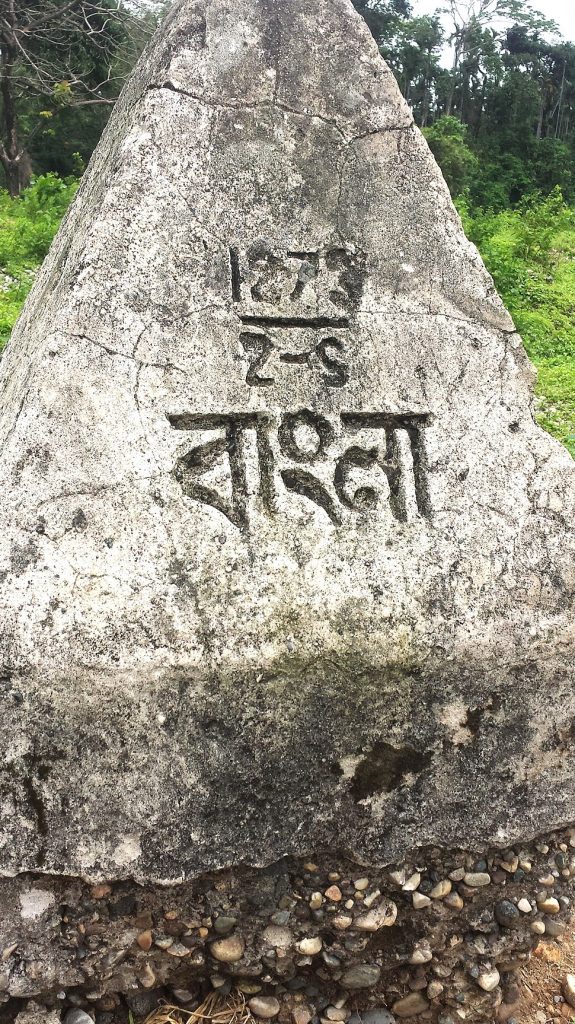
India’s border with Bangladesh is the fifth-longest land border in the world, demarcating six divisions of the country. The geographically porous and politically charged border runs, 262 Km through Assam, 856 km through Tripura, 180 km through Mizoram, 443 km through Meghalaya and 2,217 km through West Bengal. The border is notorious for smuggling and illegal immigration. The lack of discernible features and porosity of the area make it virtually impossible to patrol physically effectively Like the Pakistan border; this border has also earned the dubious distinction of being one of the Worlds most dangerous borders. It has earned another distinction of being one of the most infiltrated borders with over 10-20 million illegal immigrants have crossed and now residing in West Bengal and the northeastern states leading to ethnic disputes. Over 10,000 Bangladeshi infiltrators have been killed in counter-infiltration operations by the border forces in the past ten years, a body count which added to the complications.
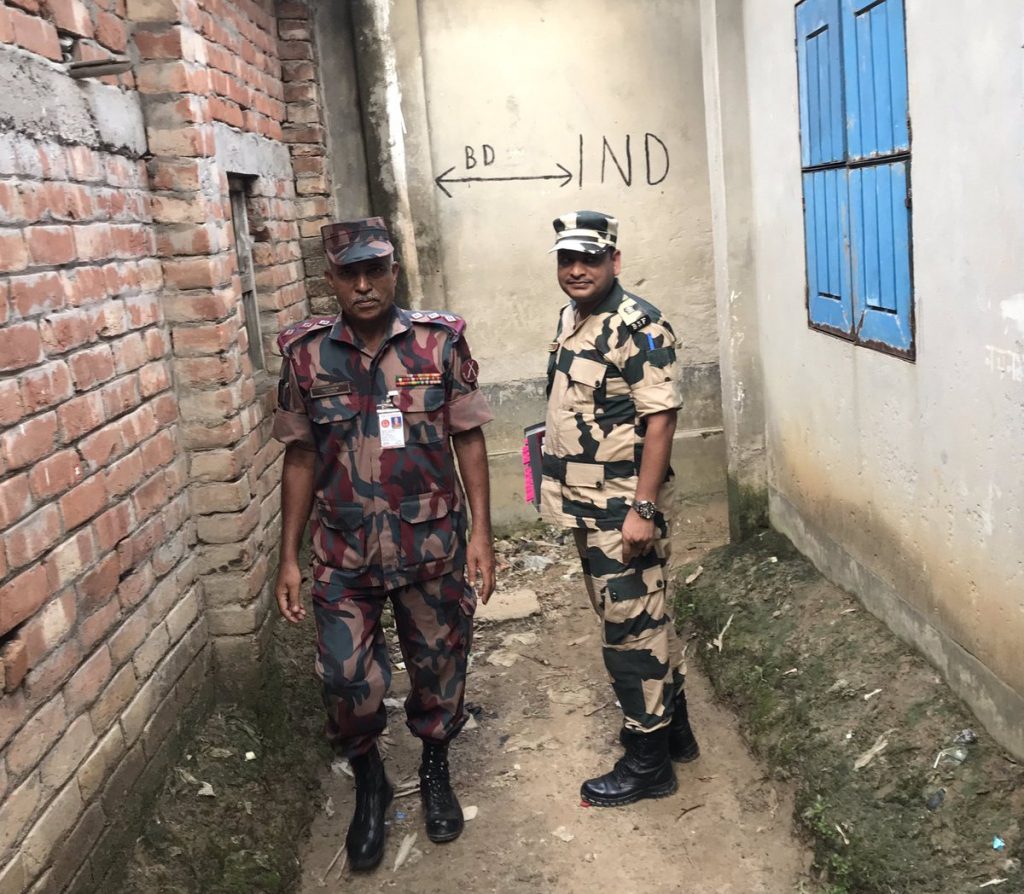
Who guards this border?
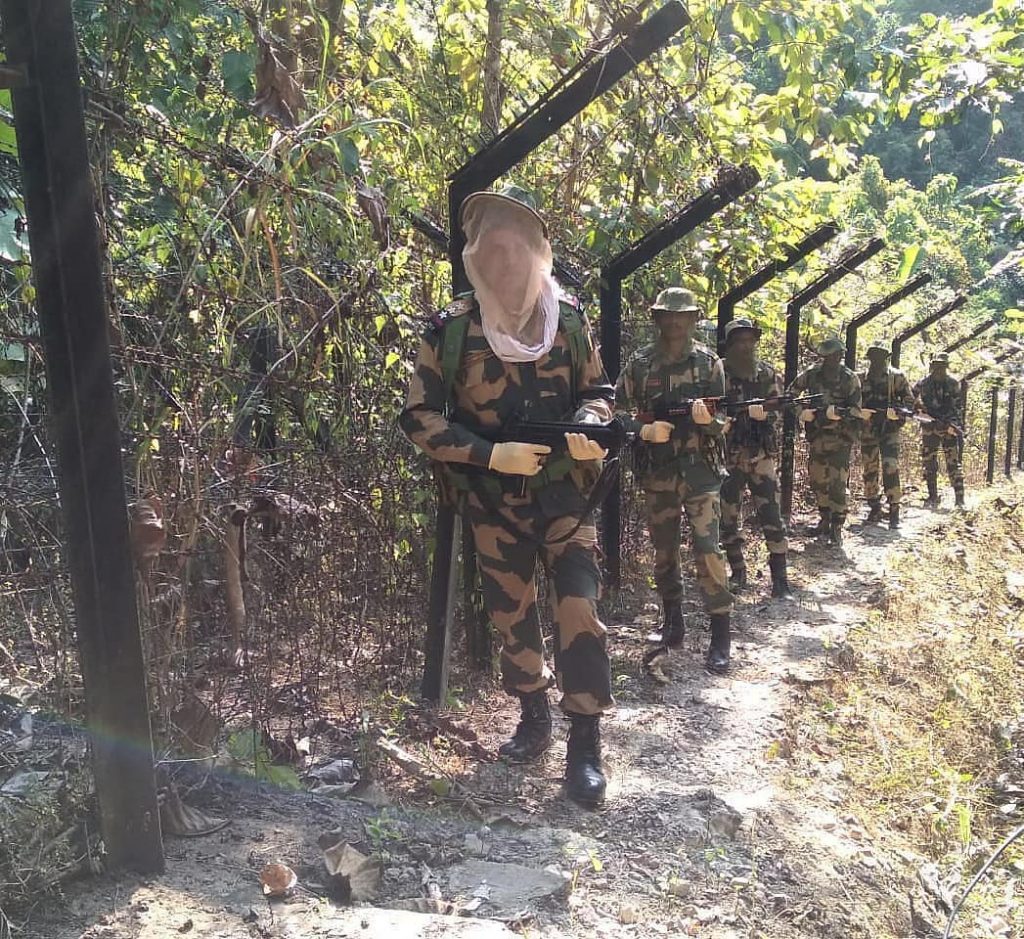
The BSF along with the Indo-Pak border has also been mandated to secure the Bangladesh border. Personnel from the force routinely foil infiltration attempts, make arrest despite having to patrol in some extremely humid and marshy terrain, their service conditions are punishing. BSF men see frequent engagement with cattle smugglers who take advantage of the near-transparent border route to smuggle cattle for higher prices. According to several BSF personnel, the greatest threat to the lives of the BSF men deployed here (especially Tripura) are not enemy gunfire but rather more basic elements, skin infections, mosquito-borne diseases are some of the leading causes of death here, though not officially acknowledged by the frontier force.
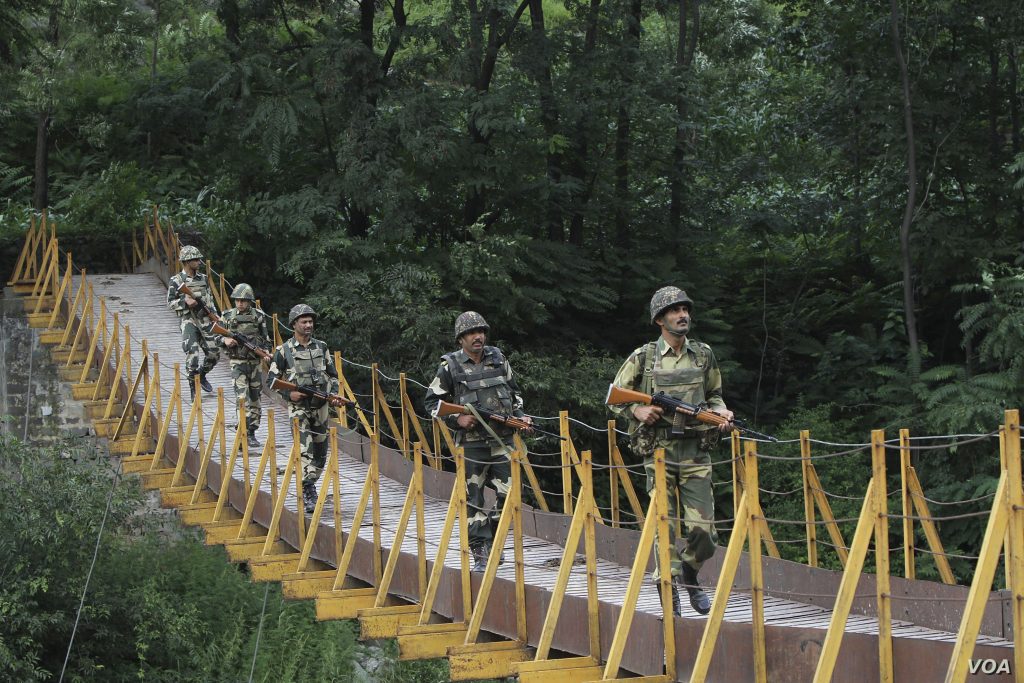
Sino-Indo Border
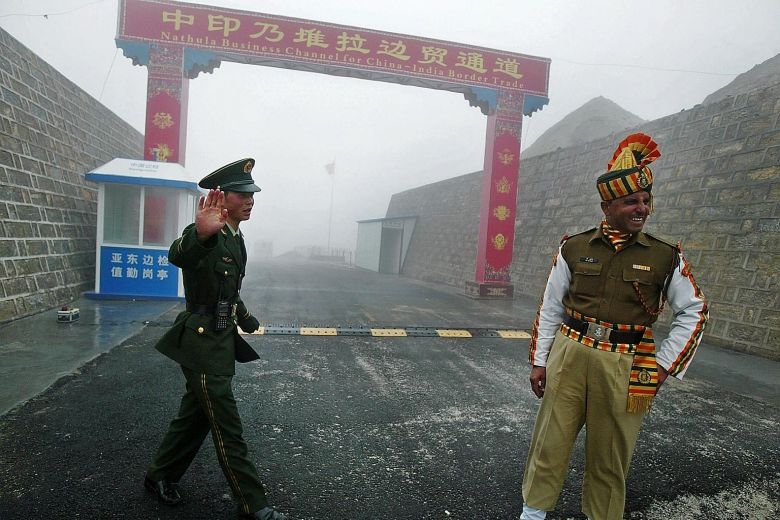
The Sovereignty over the barren ‘Akshai Chin’ and Arunachal are the two significant points of contention between India and China’s 3,488 km long mountainous border. The disputed regions have prompted a series of claims and counterclaims amongst the two superpowers, with frequent Chinese incursions into Indian claimed territory as a signal of dominance. According to India’s version, the westernmost part of India- China Border, the ‘Aksai Chin’ belongs to the union territory of Jammu and Kashmir and Ladakh. While the Chinese maintain that the ‘uninhabited barren wasteland’ should remain under Chinese administration under the jurisdiction of the Chinese Autonomous Region of Xingjiang
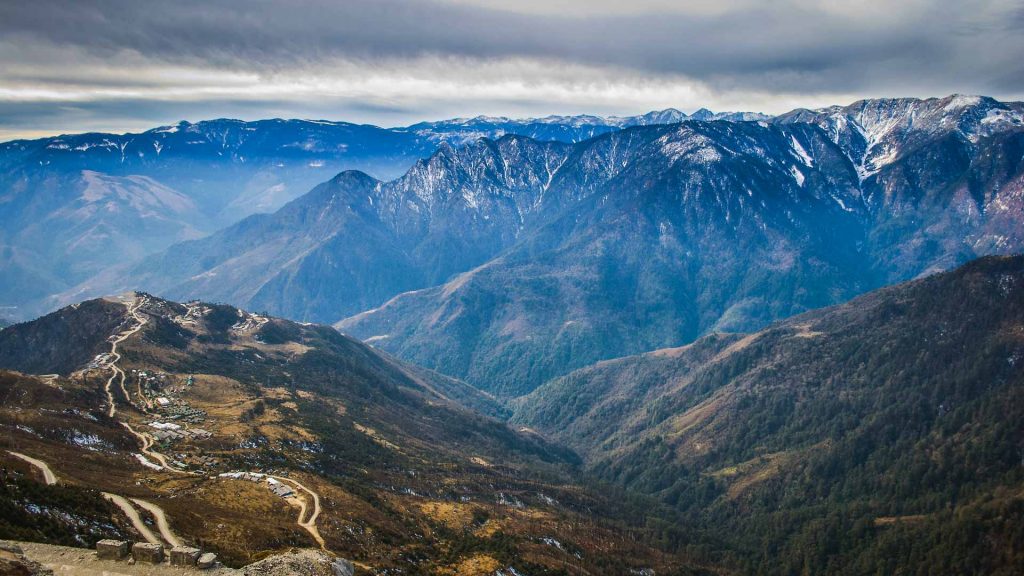
Who guards India’s border with China?
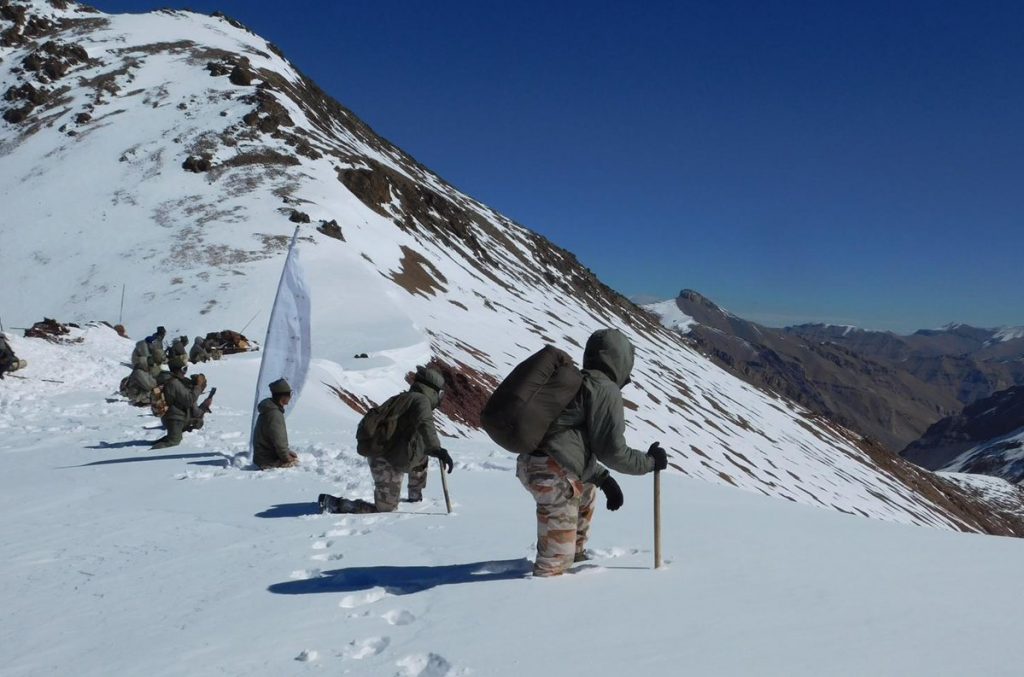
The Indo Tibetian Border Police (ITBP) personnel are deployed to ensure the security of over 3,488 km of the Indo-China border, performing guard duties, all the way from the Karakoram Pass in Ladakh to Jachip Le in Arunachal Pradesh, serving in temperatures ranging from 9,000′ to 18,700′. The HimVeers as they are called, are professionally trained mountaineers who other than high altitude border gaurding functions, serve as the first responders, tending to any natural disaster in their area of responsibility (AOR). ITBP troopers routinely conduct Search and Rescue (SAR) operations in the region and have provided medical assistance to several mountaineers in times of emergency.
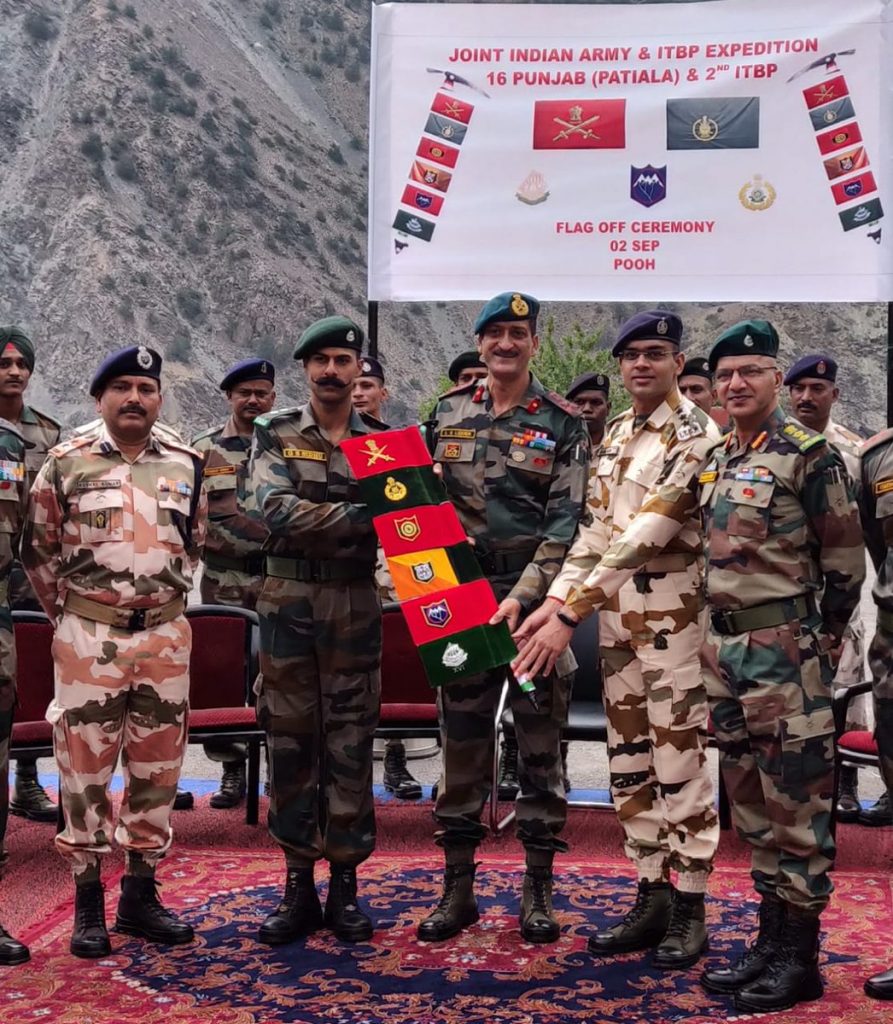
Indo-Nepal Border
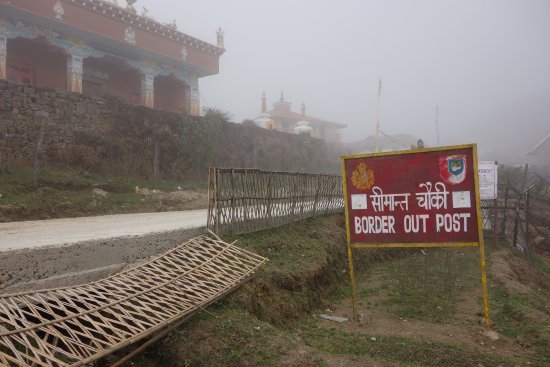
India shares a 1,751 km long border with Nepal, with both countries generally sharing excellent bilateral relations and enhanced security cooperation. This land boundary however is even more translucent than India’s border with Bangladesh. Narco Trafficking, pushing in insurgents into the country, and a range of other illicit activities.
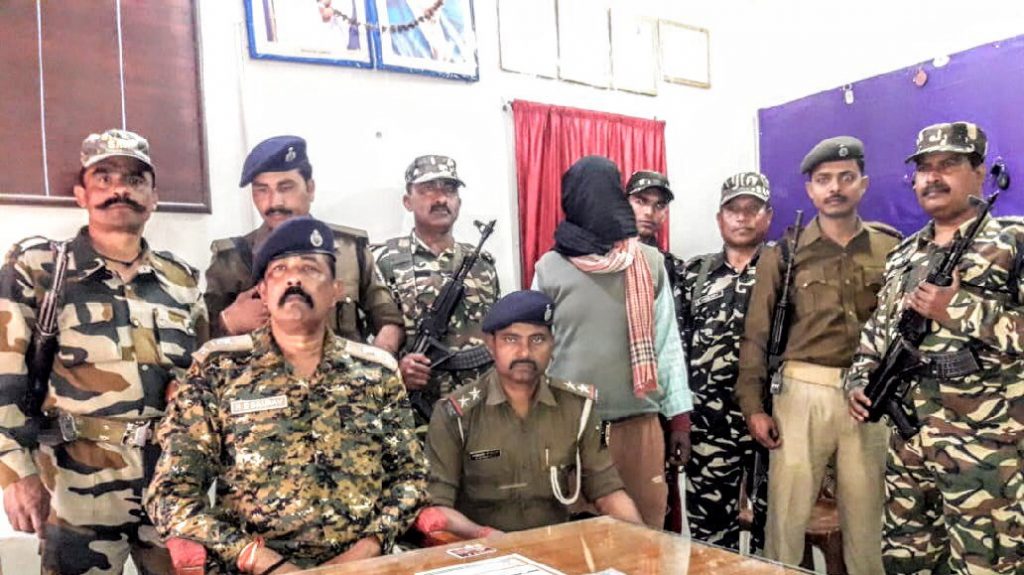
Who patrols this border?
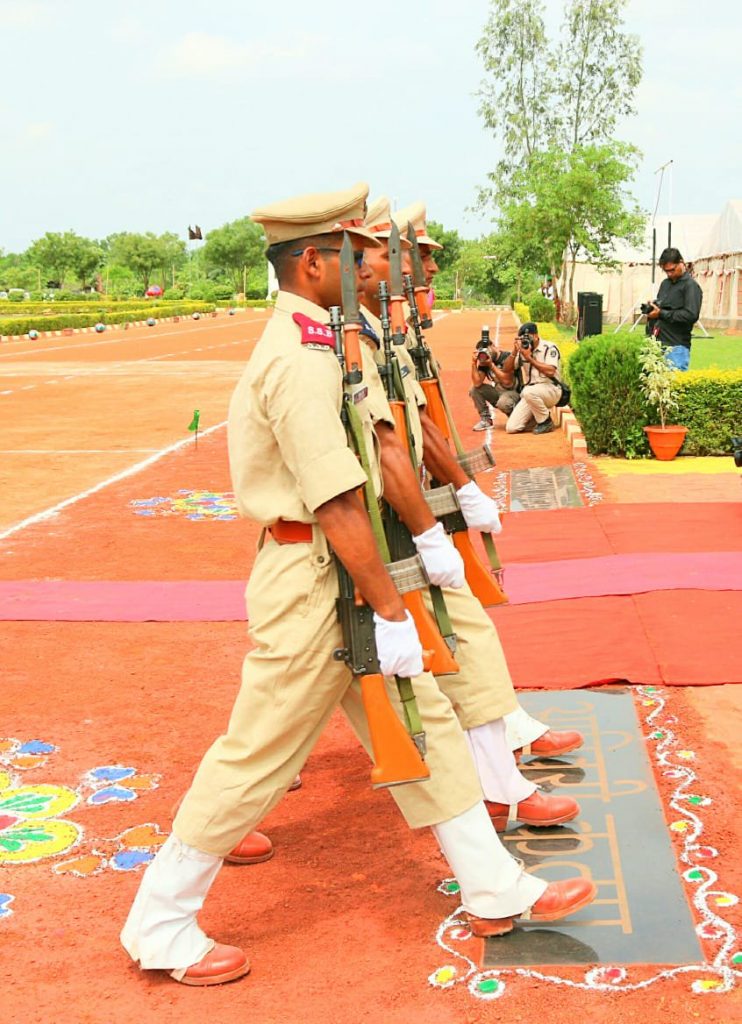
The Shasastra Seema Bal (SSB) is the premier border gaurding and intelligence agency in charge of securing this transparent border, while a sizable strength of the ITBP is also deployed at times. As aforementioned, the challenges of manning the open border are more daunting than securing a closed border. The open border provides alluring encouragement to traffickers and smugglers and even offers huge opportunities for state-sponsored terrorists to infiltrate and pose a serious threat to national security. In short, It is the border of choice for infiltrators and smugglers.
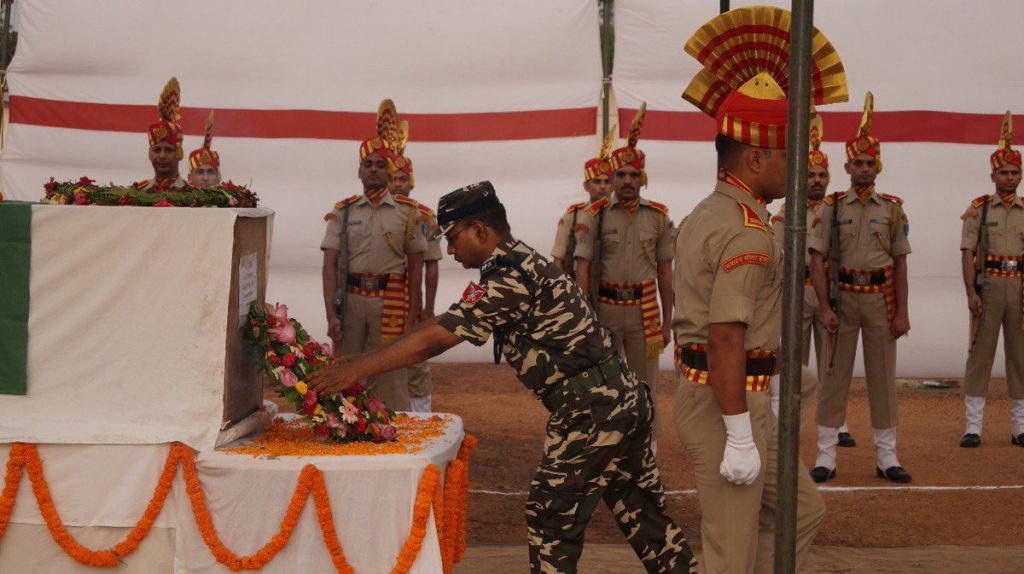
Indo-Bhutan Border
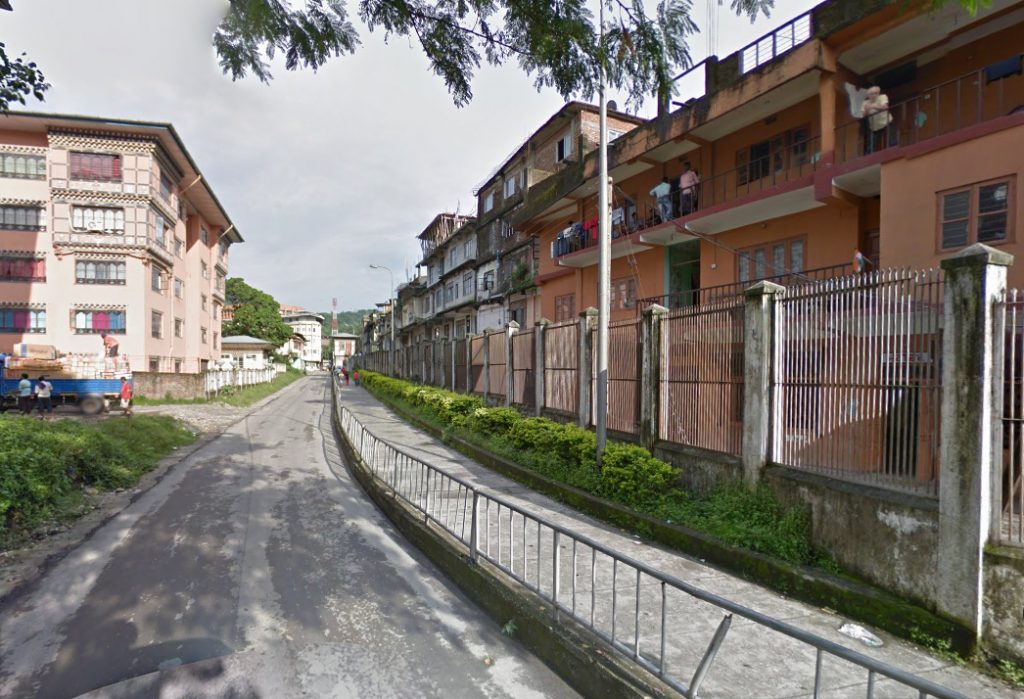
This largely peaceful border serves as the international boundary between the Kingdom of Bhutan and the Republic of India. The border is 699 km long, adjoining the Indian states of Assam (267 km), Arunachal Pradesh (217 km), West Bengal (183 km), and Sikkim (32 km).
The Treaty of Peace between Britain and Bhutan demarcated the border in 1865, following the Bhutan War. The boundary was further detailed and refined in the 1973-1984 period through talks between Bhutan and India. Remaining disputes have been minor and concern part of the border with Arunachal Pradesh, and the region between Sarbhang and Geylegphug.
Who guards this border?
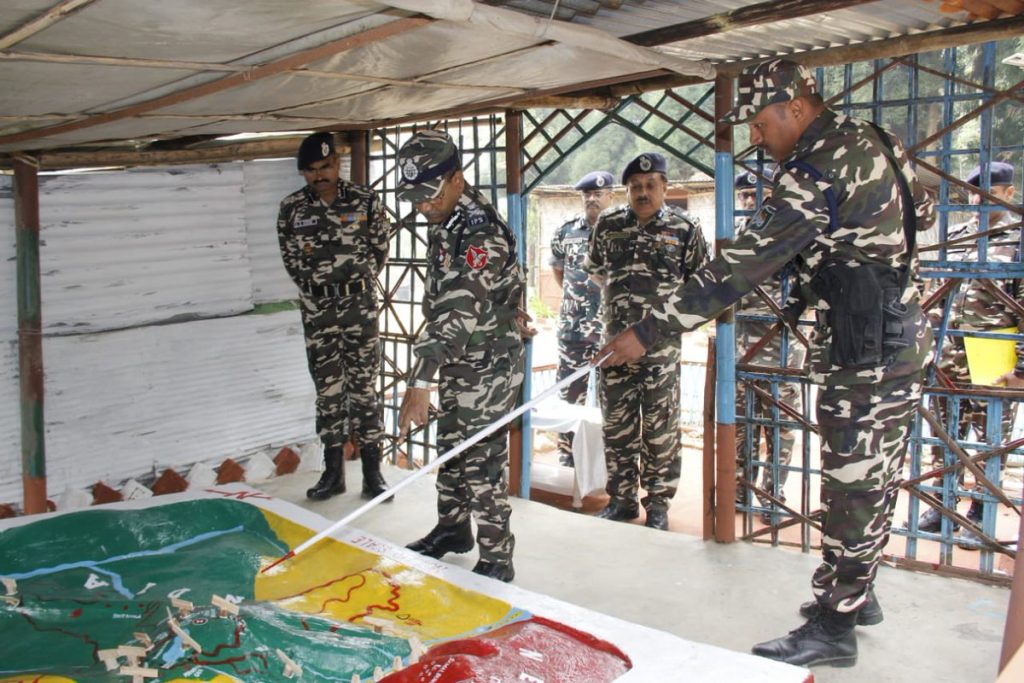
Like India’s border with Nepal, the Indo-Bhutan border is under the purview of the SSB, with companies of the ITBP deployed here from time to time. While the border is porous deployments here are generally considered to be peaceful and compared to India’s other borders.
Indo-Myanmar Border
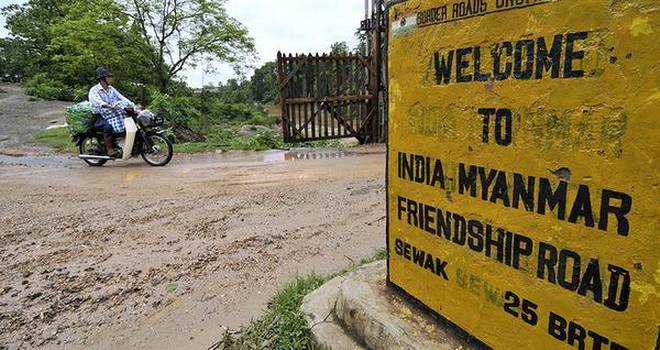
India’s 1,643 km long border with Myanmar is a complex affair, with several dynamics involved. According to the Institute of Defence Studies and Analysis (IDSA) sources, anywhere around 2,000 cadres of insurgent groups are active in the Seven sister states, i.e. the Northeast. Notorious extremist groups such as the United Liberation Front of Assam (ULFA), National Social Council of Nagaland (NSCN), its splinter factions, National Democratic Front Of Bodoland (NDFB) etc. are known to seek refuge in the neighbouring country of Myanmar, when pursued by security forces.
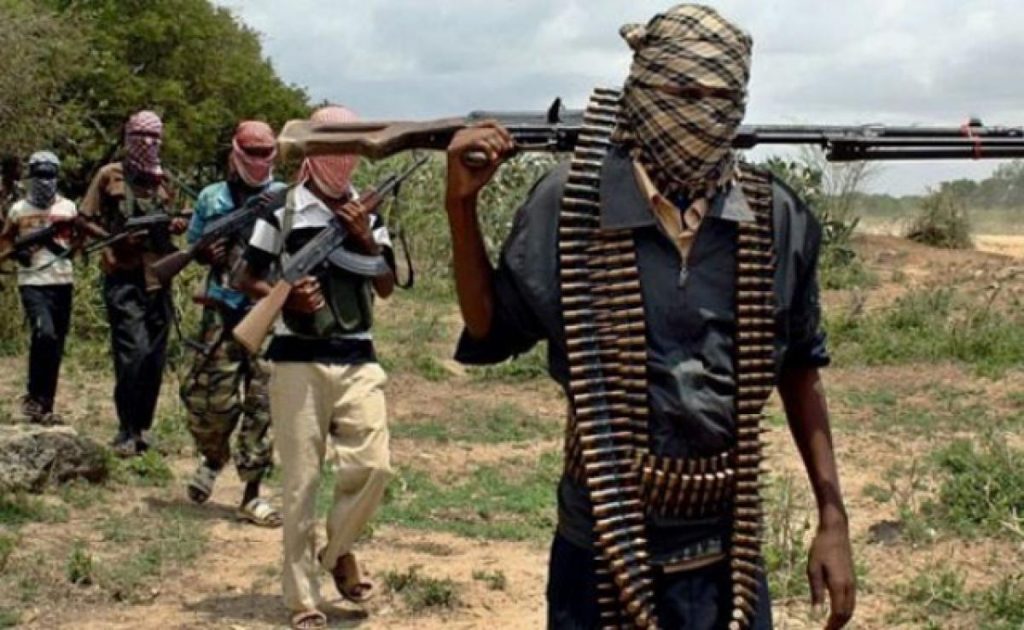
These groups have been known to conduct hit and run tactics on Indian security forces, ambushing Indian soldiers then retreating across the border to regroup, recuperate, train, plan and execute future offensives.
The fraternal ties of the Myanmar government with these insurgents are said to be a contributing factor in these groups receiving shelter.
Insurgency is not the only challenge; rampant gunrunning and narco-trafficking are other dynamics to this challenging border. Myanmar is part of the golden triangle, meaning the country is a hub of narcotics trafficking in entire south-east Asia. With a complex nexus between the organised crime syndicates and insurgent outfits.
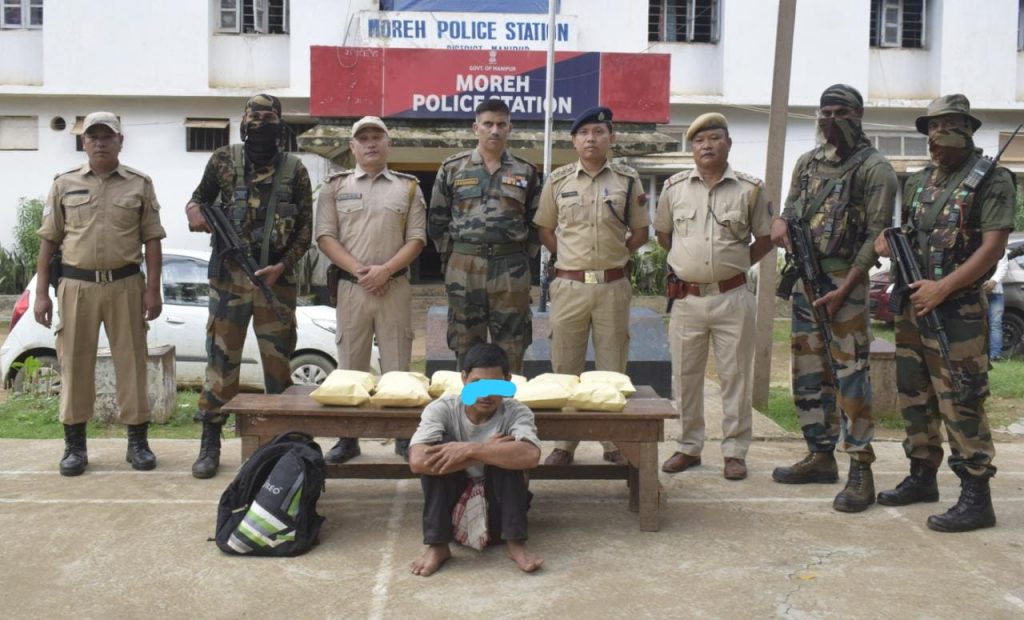
Furthermore, the governments of both countries have a unique arrangement in motion, called the Free Movement Regime (FMR). This treaty permits the tribes residing along the border to travel 16-km across the boundary without visa restrictions. Though the arrangement has helped the tribals maintain cultural ties, it has, on the other hand, created a security nightmare. The provisions of the movement treaty are heavily exploited by the Indian insurgents to seek shelter in Myanmar. A contentious provision in the FMR, allows tribal people to carry headload has also been misused to smuggle in drugs, weapons and other contraband.
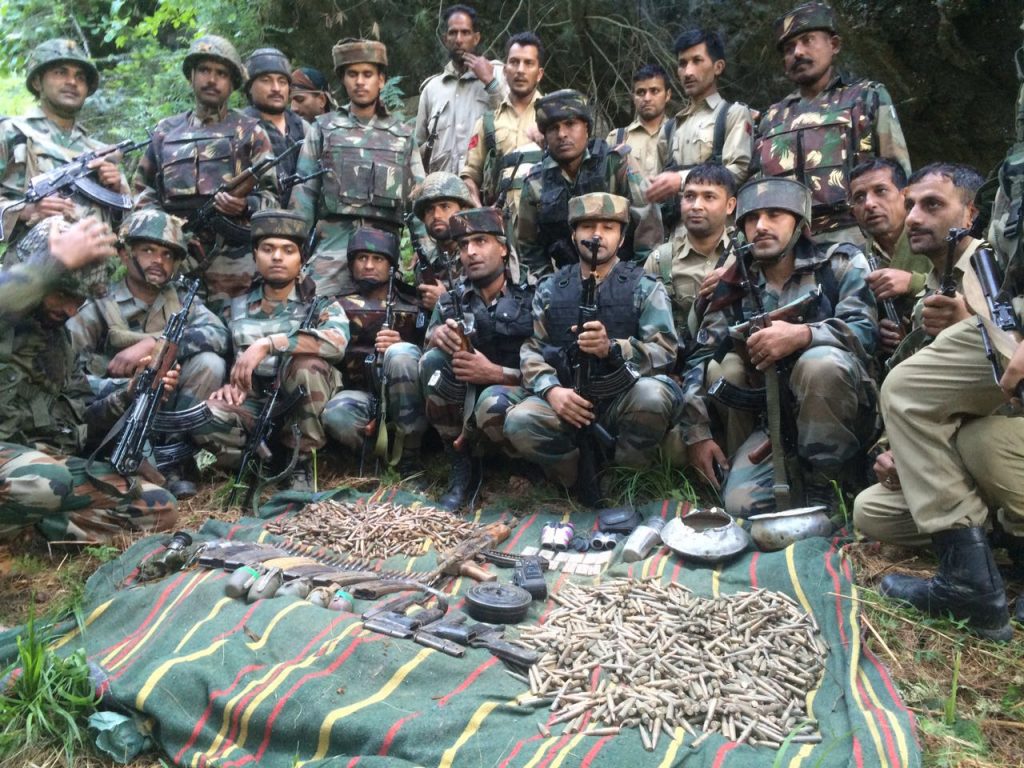
Who maintains vigil across the Myanmar border?
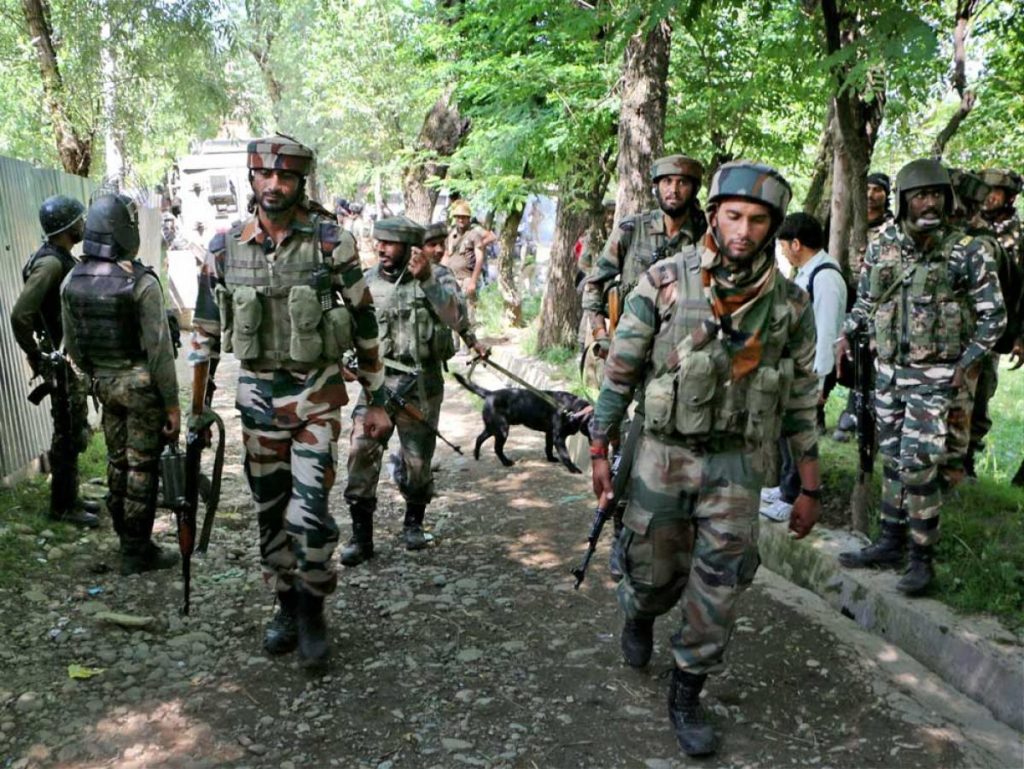
The Assam rifles are in charge of security along the Myanmar border. the Assam Rifles popularly known as the Sentinels of the Northeast is the countries oldest paramilitary force. The BSF too maintained a presence here before there were talks to replace them with the ITBP. The Assam Rifles is led almost exclusively by commissioned officers of the Indian Army, however, the organisation does not come under the administration of the Defence ministry instead it is under the administrative control of the ministry of home affairs. The officers are on deputation with Assam Rifles during the duration of their tenure with Assam Rifles. These soldiers have to perform their duty in pathetic terrain comprising of high mountains, deep river channels together with dense forests with limited visibility.
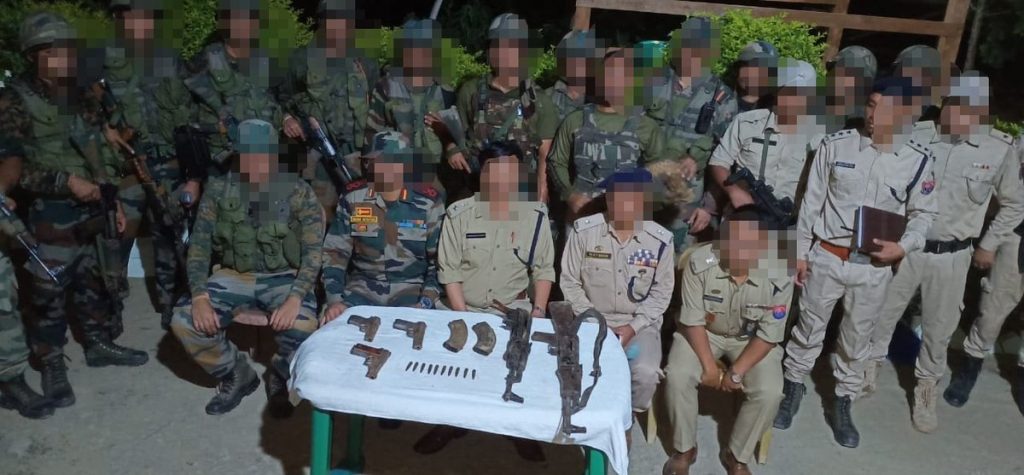
Adding to the difficulties is the lack of connected roads and scarce communication lines. There is also a lack of adequate deployment of the force with only 15 battalions out of 46 battalions of the Assam Rifles available for border guarding purposes while the rest of force are bogged down with counter-insurgency operations. These 15 battalions are also not uniformly deployed at the border or spread out sporadically in company-operated bases (COBs) stationed deep inside, thereby preventing the force from dominating the border domination and restricting their ability to prevent illegal cross-border movements. Efforts to build a 10 km fence to prevent cross-border movement of insurgents have also been stalled because of agitations by the tribals.

Understaffed and overworked, whats the way forward?
Manning India’s vast frontiers are a daunting task, with border men often overworked, understaffed and lack the adequate equipment to carry out these crucial functions. Despite the handicaps and complex landmasses, the country has some of the most efficient border management skills in the world, this is largely credited to the resolve of the men in uniform, Technological advancements and border infrastructure are the need of the hour, lack thereof will only increase the body count of those deployed to safeguard the nations land boundaries.

